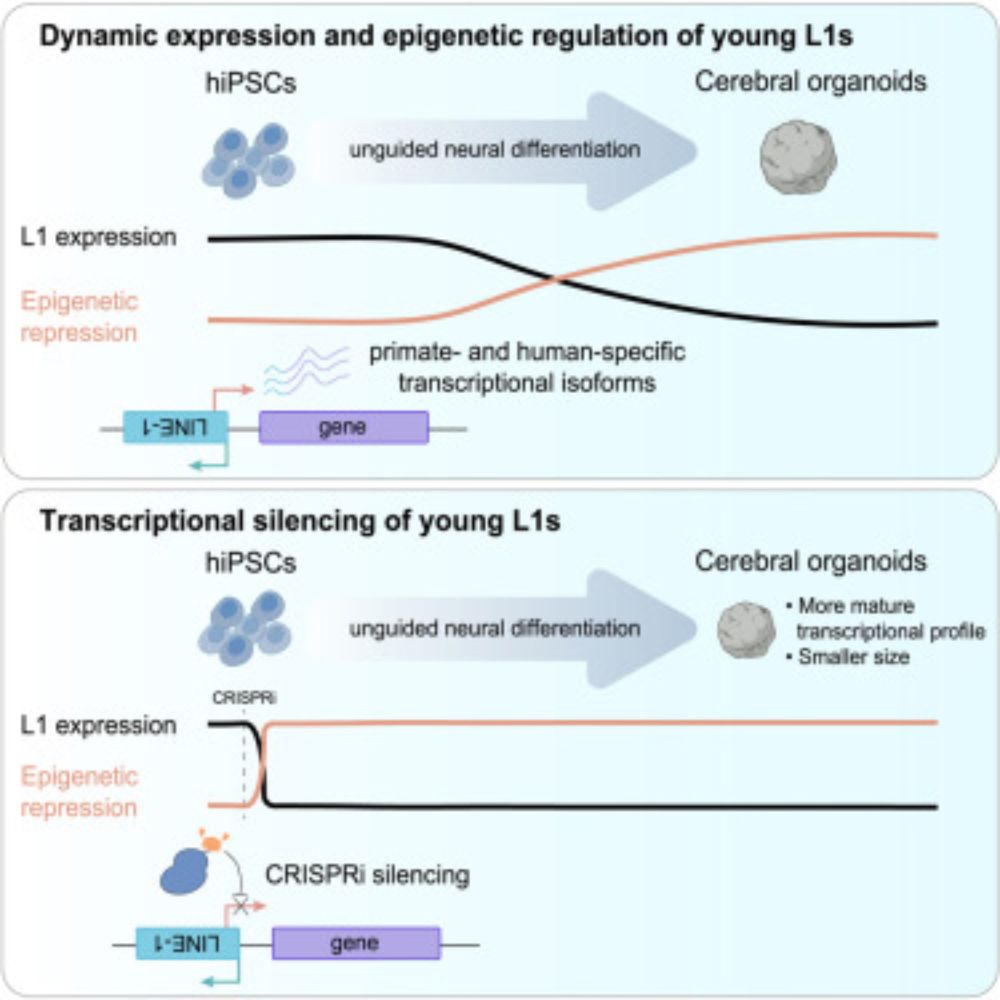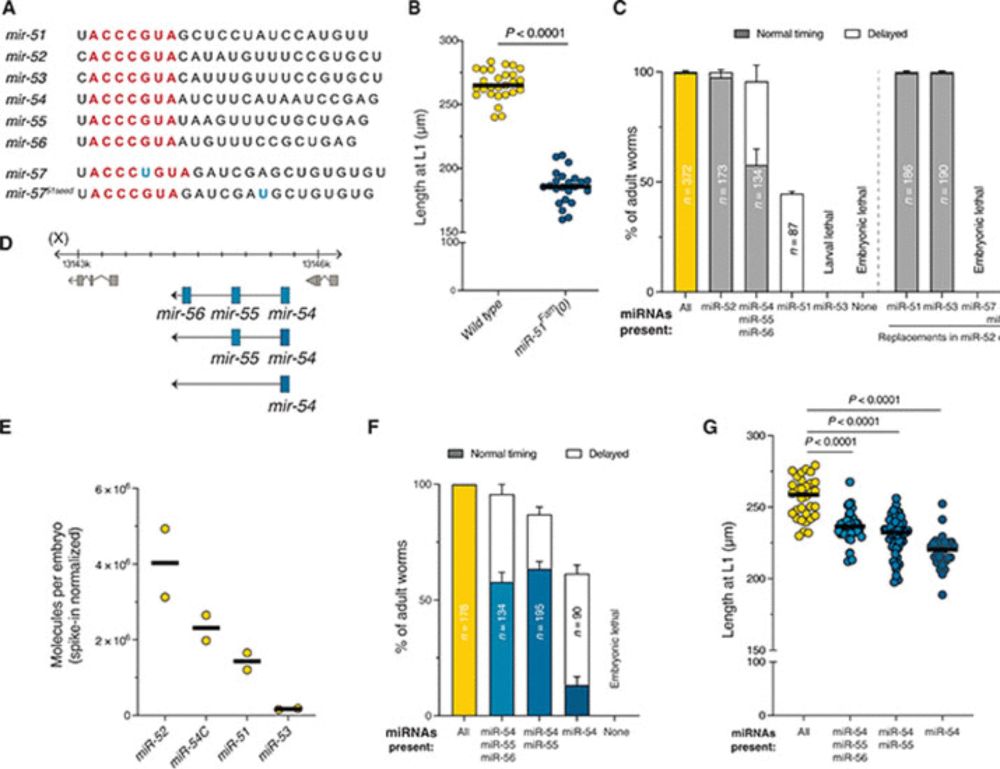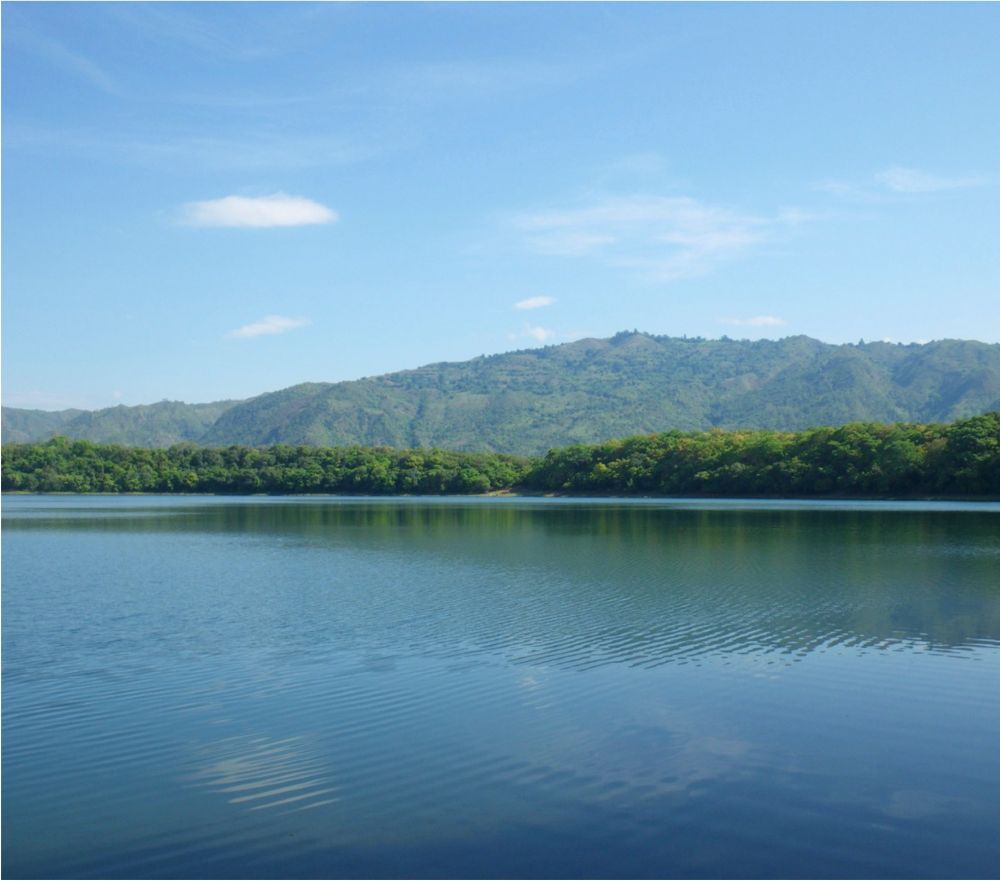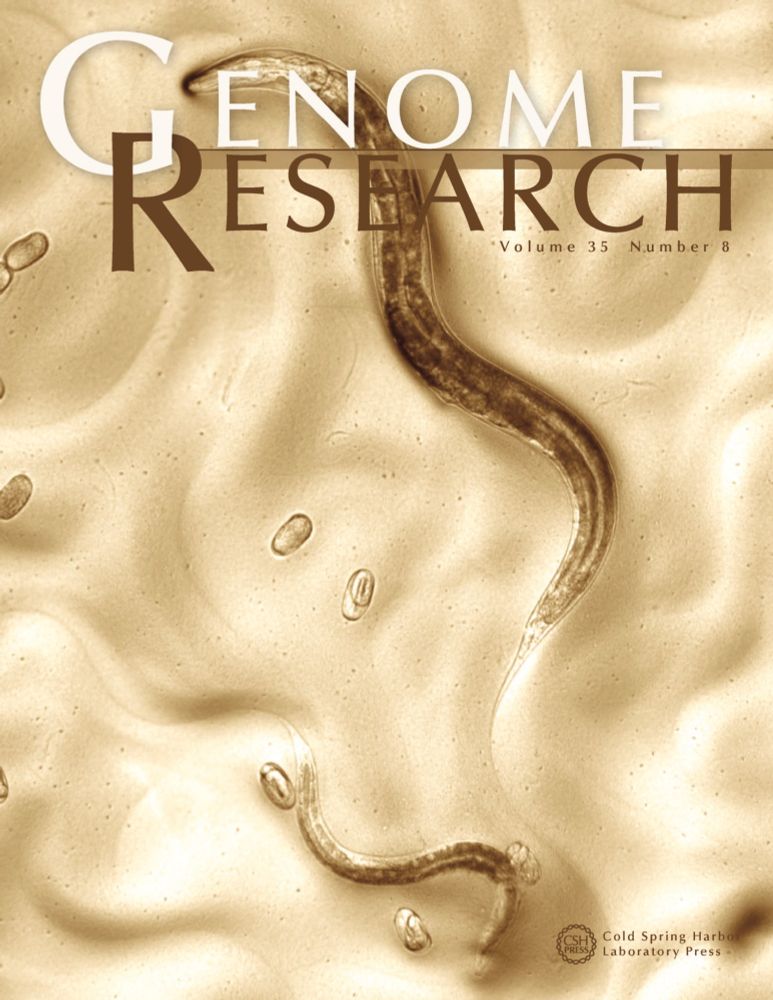Miguel V. Almeida
@migueldvalmeida.bsky.social
850 followers
720 following
42 posts
Postdoc at the University of Cambridge. Interested in transposons, evolution, epigenetics, worms and African cichlid fishes.
Posts
Media
Videos
Starter Packs
Pinned
Reposted by Miguel V. Almeida
Reposted by Miguel V. Almeida
Reposted by Miguel V. Almeida
Reposted by Miguel V. Almeida
Reposted by Miguel V. Almeida
Reposted by Miguel V. Almeida
Reposted by Miguel V. Almeida
Reposted by Miguel V. Almeida
Reposted by Miguel V. Almeida
Reposted by Miguel V. Almeida
Reposted by Miguel V. Almeida
Reposted by Miguel V. Almeida
Johan Jakobsson
@jakobssonlab.bsky.social
· Aug 23

LINE-1 retrotransposons mediate cis-acting transcriptional control in human pluripotent stem cells and regulate early brain development
Adami et al. demonstrate that evolutionarily young L1s are expressed in human pluripotent
stem cells and are dynamically regulated throughout neural differentiation. The study
examines the role of L1s...
www.cell.com
Reposted by Miguel V. Almeida
Colin Conine
@colinconine.bsky.social
· Aug 23
Reposted by Miguel V. Almeida
Toby Baril
@tobybarilbio.bsky.social
· Aug 20
Reposted by Miguel V. Almeida
Reposted by Miguel V. Almeida
Ralf Jansen
@ralfjansen.bsky.social
· Aug 2
Reposted by Miguel V. Almeida














